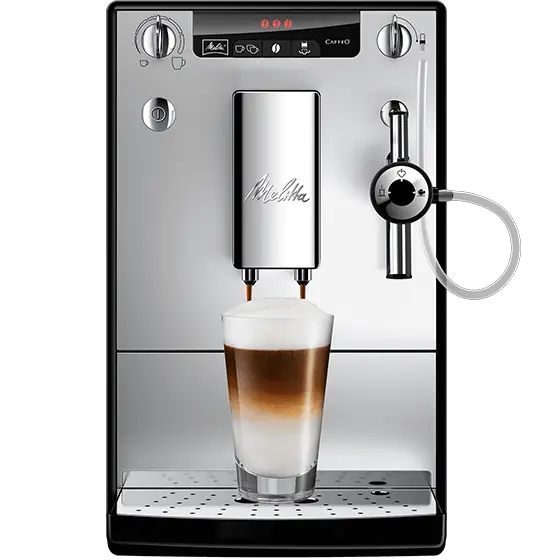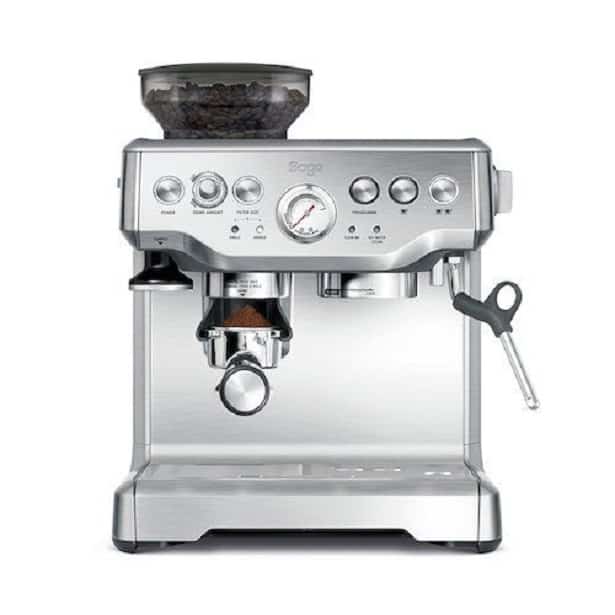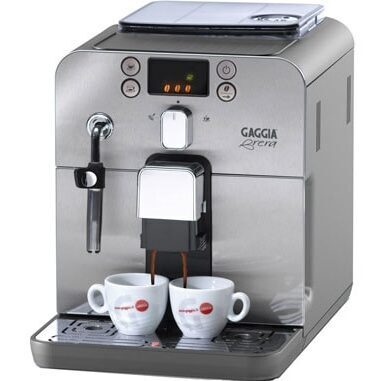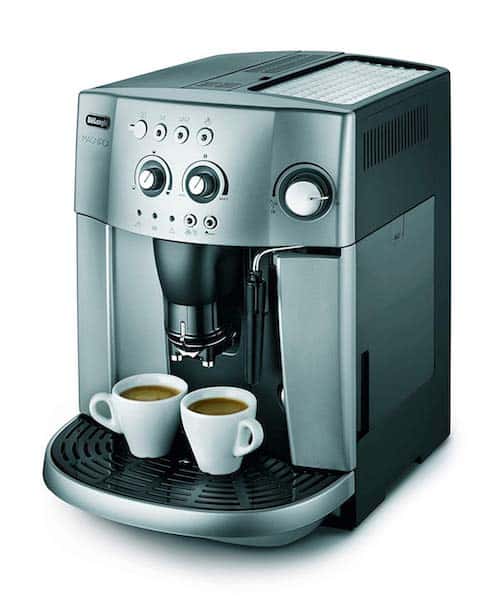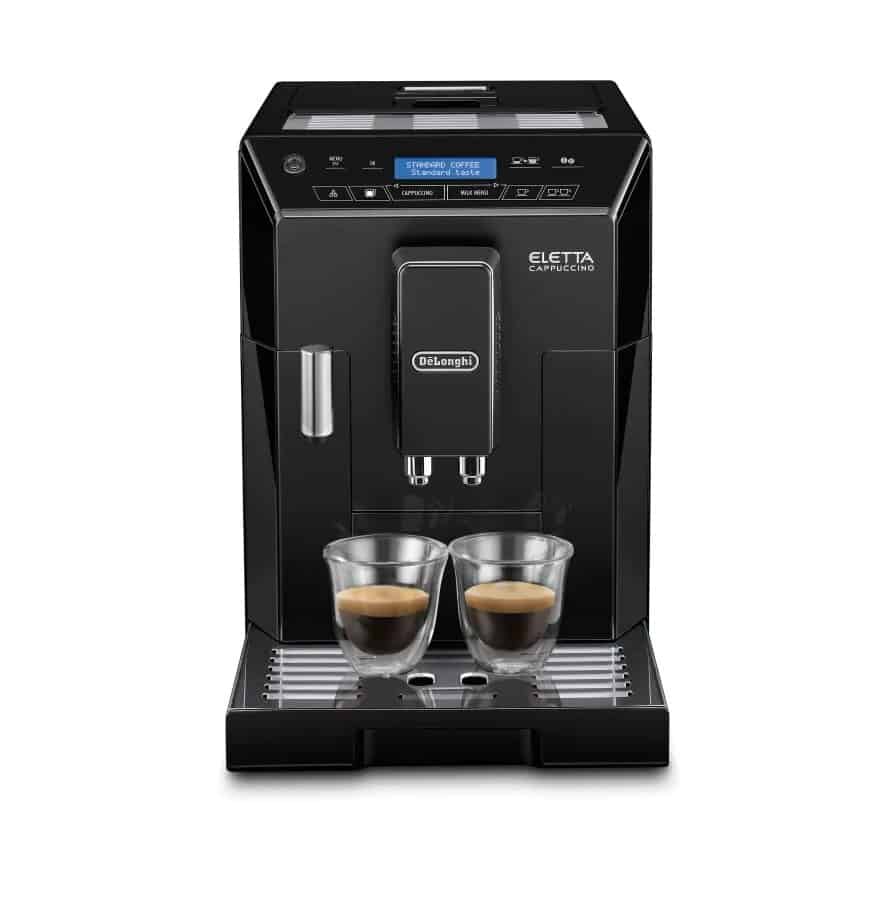Do you remember the days when an espresso was just an espresso? The simplicity and ignorance was just bliss.
But those days are now gone, you cannot turn back time. It was your decision to learn more about coffee and during that journey you quickly realised not all espresso’s were created equally.
So the time has come in your journey to learn exactly what is the difference between an Espresso, a Ristretto and a Lungo.
At first glance the differences are not that obvious, after all they are all short, strong, black and Italian. But you needn’t be daunted by the choice, while the difference is hard to spot to the untrained eye, it is not that difficult to learn.
By the end of this article you will know all you need to know, and be able to impress your friends with your superior coffee knowledge.
What Are They
The first and most important lesson to learn is, espresso is a method of brewing coffee, and ristretto and lungo are just slight variations of this preparation process.
So let’s get to it..
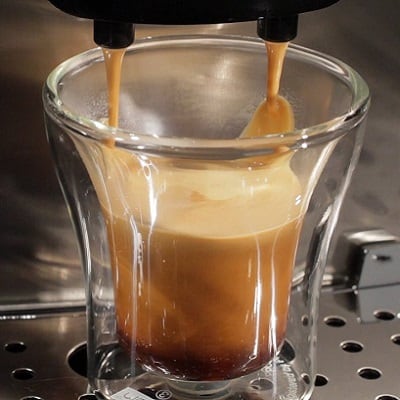
What is Espresso
What is Espresso, well the first thing is, it is the method of making the coffee. It involves forcing water through a puck of finely ground coffee at very high pressure.
The is no official espresso recipe, but one thing every coffee lover agrees on, is using filter water. Then depending on the espresso machine used, the exact amount of ground coffee and water will be adjusted.
Most Italian baristas will agree on 6.5 gram +/-1.5g of ground coffee beans, and 35-40ml of water forced through at least at 9bar pressure. Most espresso machine or bean to cup machine now use 15bar.
The water is forced through for a total amount of time between 25-30secs, this is very important, the length of the pull is what makes an espresso what it is.
What is a Ristretto

A ristretto is made using pretty much the same espresso method. Hot water is forced through the filter basket of compacted coffee grinds at high pressure.
The difference between making a ristretto and an espresso is the amount of water that is forced through, and the resulting size of drink produced. Both use the same amount of ground coffee, but a ristretto will use only half the amount of water.
There are several ways to achieve this, if you have a an automatic espresso machine you can program the exact amount of water. But for more traditional espresso machines, the easiest method is to start of as if you are making an espresso, but shut the water off halfway through.
The maximum pull time for a ristretto is 15secs and this will produce a 15ml shot.
This is easier to remember when you realise that ristretto in Italian means restricted.
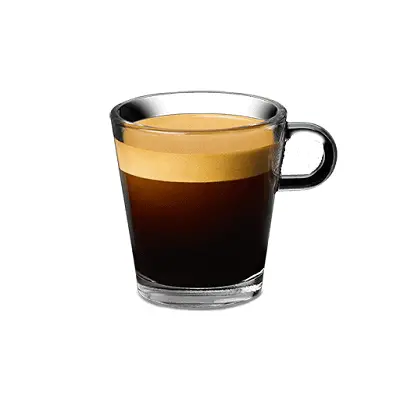
What is a Lungo
And so to the third espresso brother, the espresso Lungo, again the brewing method is the same, ground coffee, filter water and high pressure, you know the story by now.
When making a lungo the extraction process and the amount of coffee grinds is the same.
The difference this time is the espresso lungo uses twice the water than is used in a traditional espresso. It helps to remember the word lungo coffee translates from Italian to “long coffee” (2).
The pull this time is roughly 60secs and will use around 60ml of water. The resulting shot is around 50ml and will have a more watery consistency.
You can program most espresso and bean to cup machines to make a lungo.
How Do They Taste
Espresso Flavour
I am pretty sure all of you will have had an espresso shot at some point in your lives. The question is did you have a good one? A well pulled espresso is not as simple to achieve as you may think, in fact it is quite a skill.
A proper espresso is quite a treat, its short, complex and intriguing. It will be full bodied with a strong aroma, and be perfectly balanced between acidity and bitterness.
It will have a sweet caramel flavour with darker earthy undertones with hints of dark cocoa.
Look for the distinct thick creamy top known as a crema, all good espressos will have one. It is a very good indication it has been correctly, as the crema is the result of the coffees natural oils emulsifying under the intense pressure.
Good For :
- An all day pick me up and caffeine kick
- As a base for all manner of longer coffees from Americano to flat white
- Anyone who loves an intense flavour and a short coffee
Not So Great :
- People who want to limit caffeine intake
Ristretto Flavour
As you learnt above a ristretto is a much shorter shot, with a slightly thicker and more viscous body. But the biggest difference between a ristretto shot and espresso shots is the flavour.
To understand this fully we have to think scientifically for a few moments, but not enough to make your brain hurt. The secret lies in the fact that the different chemical compounds of coffee all extract at different stages of the brewing process.
I am not entirely sure what causes this to happen (and quite frankly I don’t really care) but the flavour compounds responsible for things like fruitiness, floral notes and sweetness all dissolve first. Those responsible for things like caramel, cocoa and other bitterness dissolve last.
So as a ristretto is pulled much quicker that an espresso, the resulting shot is less rounded, but is in intensly sweet and fruity.
Good For :
- People who want a short coffee, but don’t like the bitterness of an espresso
- Anyone who is sensitive to caffeine
- Specialty coffees where the milk adds a sweetness, such as flat white or mocha
- Great after dinner
Not So Great :
- Doesn’t provide the caffeine hit in the mornings
- Less of coffee body
Lungo Flavour
As you learnt above the pull time for a lungo is twice that of an espresso, and therefore uses twice the amount of water. Because of this the lungo is a more subdued shot than either the espresso or the ristretto.
The lungo is not simply a watered down espresso however, due to actual pull time it develops its own distinct flavour. Certain flavour compounds dissolve at different times and those that develop last are responsible for a smokier more bitter profile.
The lungo has the highest caffeine levels of the 3 methods.
Many coffee lovers argue that the lungo is an acquired taste due the bitterness, but this is personal preference, I quite like them from time to time.
Good For :
- Anyone looking for a real caffeine kick
- Anyone looking for a milder coffee flavour
Not So Great :
- For anyone who doesn’t like bitterness
- Less crema
The Final Word
So by now you should have a clear understanding of the differences between a shot of espresso, ristretto and lungo. To the extent you can easily impress your mates with your knowledge.
You should also be confident enough to order one the next time you visit your local coffee shop, whether as a standalone shot, or as the base for another coffee.
Between the three you will have your favourite, and not everyone will enjoy the nuances of each shot on their own.
Which one is best for you? Well the only way to find out is to try them.
FAQs
Is a Lungo Stronger than an Espresso?
A Lungo takes nearly twice as long to make, meaning more water is used. This will result in a more watery thin coffee, but with more caffeine. So in terms of caffeine a Lungo is stronger than an Espresso.
Is a Risteretto Stronger than an Espresso?
As there is only half the amount of water used to make a Ristretto, the brewing time is a lot less and as such there is less time for certain compounds to dissolve. This means there is less caffeine in a Ristretto than an Epsresso.
Are Ristretto Shots Sweeter?
A ristretto is pulled in half the time of and espresso and a quarter the time of a lungo. The first flavour compounds to infuse are the sweeter and fruitier ones. The bitter and smokier tones infuse at a later stage.
As such a ristretto is a much sweeter shot than either an espresso or a lungo
Which is Stronger Ristretto or Lungo?
In terms of flavour a ristretto is more intense due to using a lot less water than a lungo. In terms of caffeine a lungo is much stronger than a ristretto due to having a longer pull time and therefore a longer infucion.

